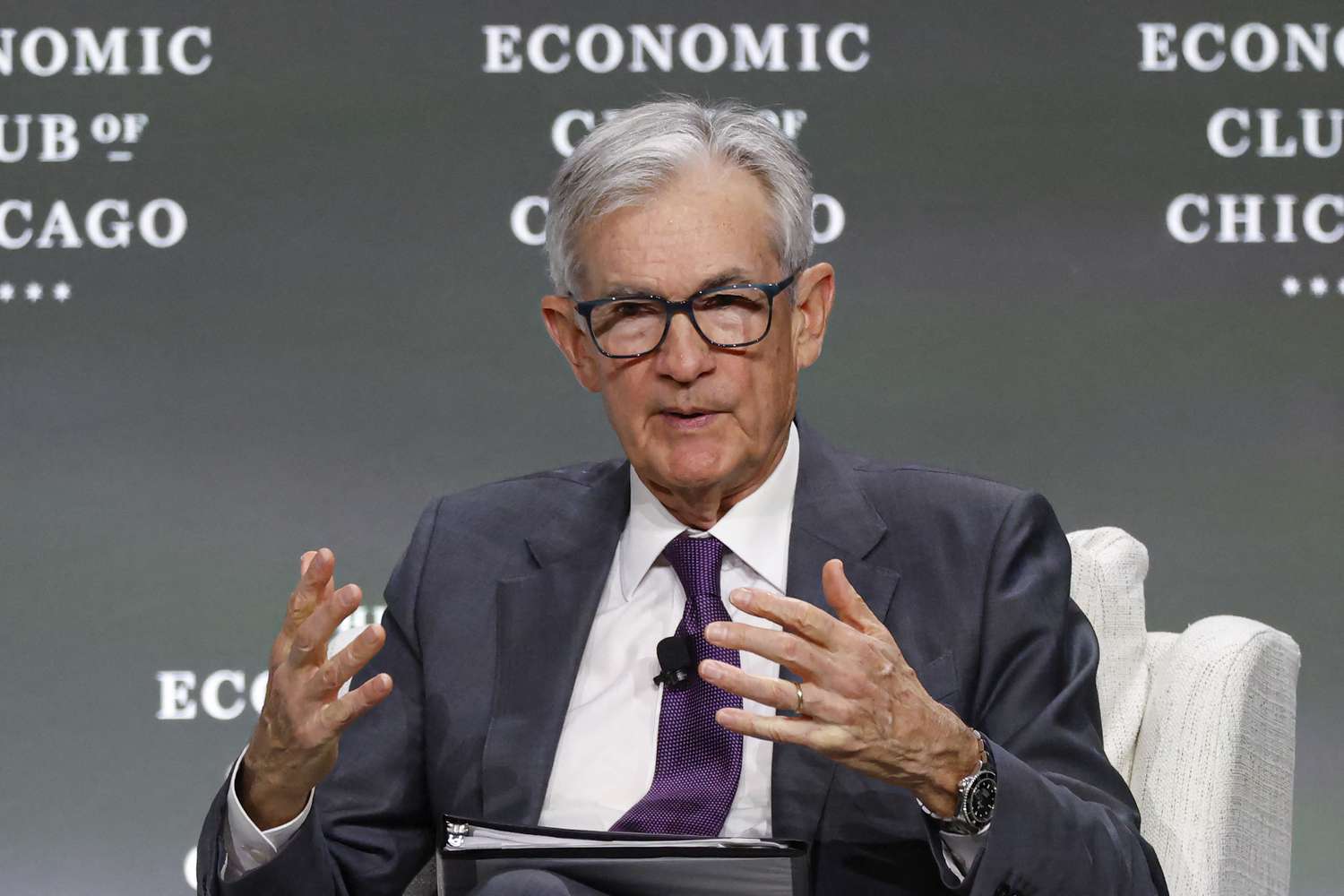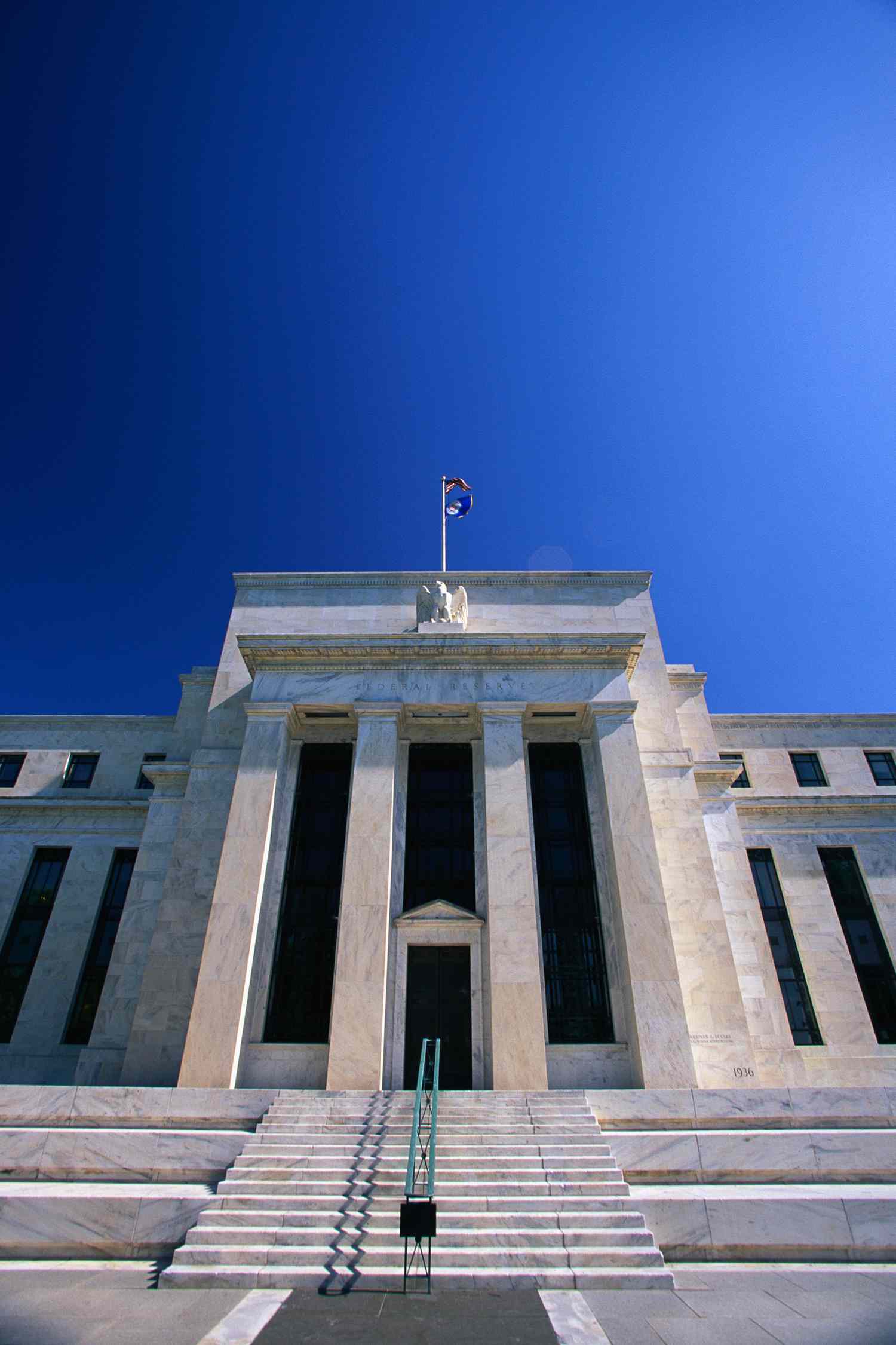Key Takeaways
- President Donald Trump’s tariff policies and attacks on the Federal Reserve have sown doubts that U.S. assets are as safe as they have been historically.
- This threatens the dollar’s status as the most widely used currency in global trade and weakens the dollar against a basket of foreign currencies.
- However, analysts say it is unlikely to substantially shift the dollar’s role in the global economy.
As investors recover from a volatile month of tariff headlines, the lingering question on Wall Street is how much the U.S. dollar’s status as the pre-eminent global currency has weakened.
“King Dollar” is unlikely to be dethroned anytime soon given the lack of a reasonable alternative, analysts say. The dollar remains the most widely used currency in global trade, a role it’s held since the aftermath of World War II, and past efforts to replace it have sputtered.
Even so, President Donald Trump’s tariff policies and attacks on the Federal Reserve have sown doubts in global financial markets, fracturing that dominance. While he’s since eased up on both counts and U.S. stock markets have somewhat recovered, the doubts among global investors don’t seem to be fully going away.
“It is hard to put the genie back in the bottle once such concerns are raised,” Morgan Stanley strategist Vishwanath Tirupattur wrote in a note to clients last week.
However, he wrote, “practical realities” will make it difficult to massively shift the dollar’s role.
The Dollar Could Just Be Facing Temporary Weakness…
Since the dollar is integral to global trade, countries and their central banks hold large amounts of dollars in their coffers. The U.S. dollar made up about 57% of foreign exchange reserves last year, according to the International Monetary Fund, compared to 20% for the Euro, 6% for the Japanese yen and 5% for the Pound sterling.
The U.S. dollar was involved in about 90% of transactions in 2022 in the market where investors and companies trade foreign currencies, according to the Bank for International Settlements.
There is “really no alternative” to the dollar, said Brent Coggins, chief investment officer at Triad Wealth Partners in Kansas. The Euro is “very fragmented,” China’s currency doesn’t float freely in markets and the yen “doesn’t have scale” to compete, he said.
Dollar dominance has long irked some countries—and not just those subject to U.S. sanctions such as Russia or Iran. In the 1960s, a French official said the dollar’s reign gives the United States an “exorbitant privilege,” a moniker that’s stuck ever since.
More recently, the BRICS countries—which include Brazil, Russia, India, and China—have reportedly dropped the idea of developing a common currency even as they seek to bolster their local currencies in trading arrangements rather than the U.S. dollar. It was the latest victory for the U.S. dollar, which Coggins noted has thus far outlived a series of would-be alternatives.
“Even though it’s going through a disruption right now and people are challenging it, it’s dealt with challenges before, and it’s always come out ahead,” Coggins said. “We don’t see this being any different.”
…But It Still Faces A ‘Confidence Crisis’
Despite its historical dominance, the dollar is up against a broader “confidence crisis” in U.S. assets, said Arun Sai, senior multi-asset strategist at the European firm Pictet Asset Management.
Investors are questioning whether U.S. Treasury bonds—which the government issues to finance its deficits—are still the “safe haven” they used to be. They’re also shedding some of their holdings in U.S. stocks, with tech firms getting hit hard and worries over the U.S. economy clouding the outlook for others.
The selling of U.S. dollar assets has pressured the dollar, which has weakened 8% this year against a basket of foreign currencies.
Some analysts think the worst of it may be over. The dollar sell-off was “atypical and likely temporary,” Wells Fargo international economist Nick Bennenbroek wrote in a research note.
While Sai said the U.S. financial markets and “absolutely exceptional companies” still warrant investment, global asset managers like Pictet are rethinking their heavy U.S. exposures and weighing alternatives. Some are buying gold, which is hitting record highs. German bonds are also a popular option for those seeking a safe haven. Emerging markets are also seeing inflows.
Stocks closer to home are becoming a more attractive option as U.S. uncertainty rises, Sai said, adding that Trump’s policies have “incentivized capital to stay domestic.” When looking to deploy cash, Sai said he’s weighing assets in Europe and the U.K. “a little bit more than I would have last year.”
However, that could turn around, analysts said.
“We certainly understand why financial markets may be interested in reallocating away from U.S. assets at this particular time, but we ultimately think this shift is tactical rather than a fundamental reassessment of U.S. assets,” Bennenbroek wrote.



















